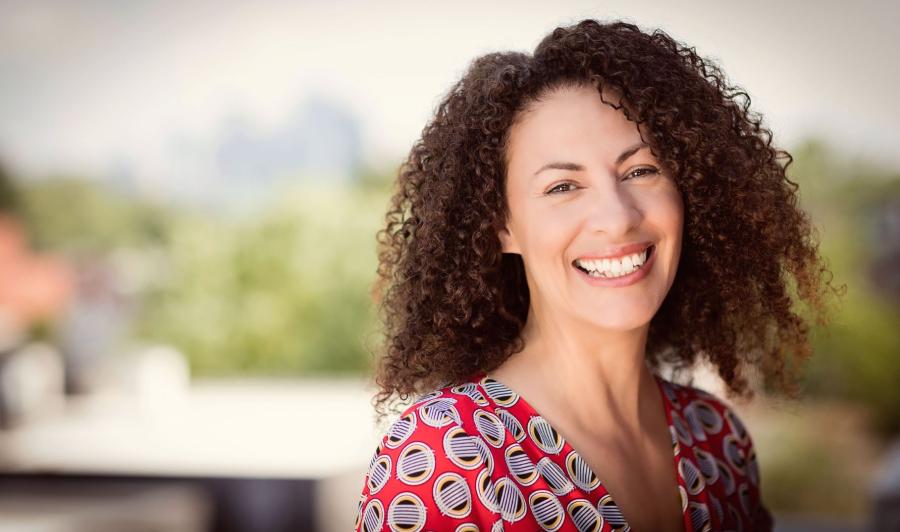Clinical detection
Once a woman turns 40, she should talk with her primary care physician about scheduling a mammogram. Mammography uses X-rays to create an image of breast tissue and can reveal abnormalities such as tumors or cysts long before a patient or doctor can feel them.
With digital mammography, the images are recorded directly into a computer. The image can then be viewed on a computer screen, and specific areas may be enlarged or highlighted. If there is a suspicious area, the radiologist can use the computer to take a closer look.
The two types of mammograms are:
- Screening mammograms, for women without symptoms. These consist of two views of each breast. For some women, more than two pictures might be needed to include as much tissue as possible.
- Diagnostic mammograms, for women with symptoms or suspicious findings on a screening exam. These are performed under the direction of a breast-imaging radiologist and can involve specialized views of the breast tissue.
A breast ultrasound may also be used as a diagnostic tool to assist in characterizing abnormalities identified on a mammogram or from palpable lumps. Breast MRI is used to further evaluate abnormalities identified by a mammogram and/or sonogram and to screen people who are at higher risk for breast cancer or who have had a diagnosis of breast cancer.
